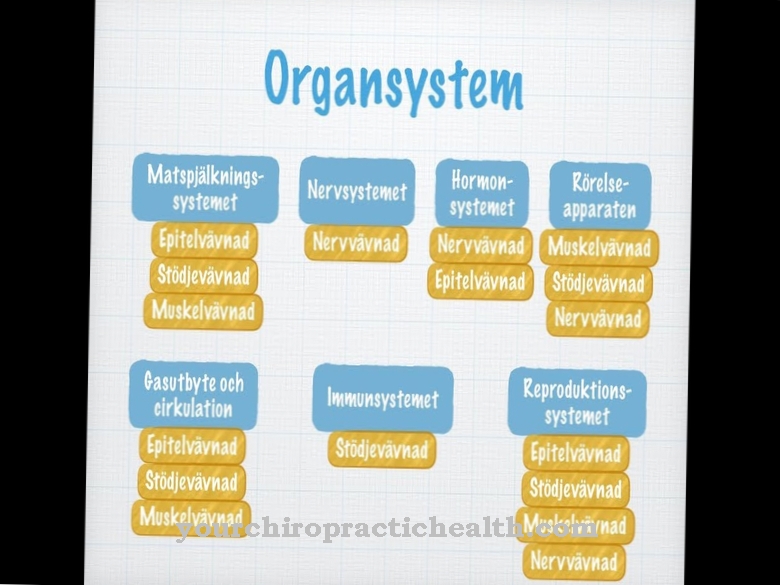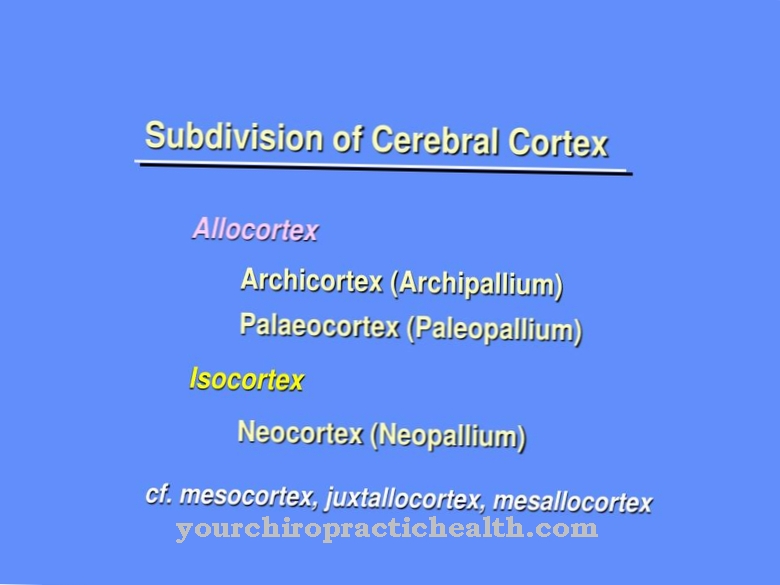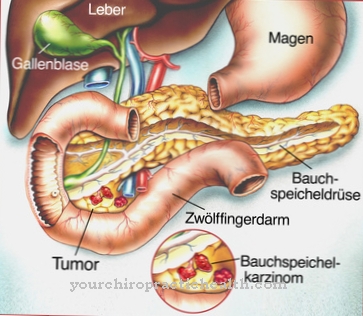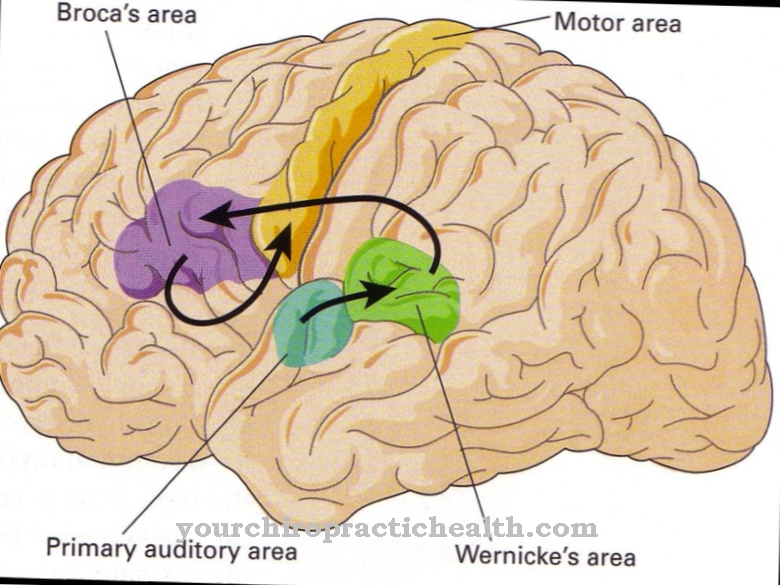Under the autonomic nervous system the entirety of the nerve and ganglion cells that autonomously regulate the vital functions of the human organism is understood. Primary diseases of the autonomic nervous system generally rarely occur.
What is the autonomic nervous system?
As Autonomic Nervous System is the name given to the autonomous part of the nervous system that controls vital organ functions of the human organism such as breathing, metabolism, digestion and blood pressure, without being subject to the will or the consciousness of humans.
Depending on the course and function of the nerve fibers, a distinction is made between the sympathetic (sympathetic), parasympathetic (parasympathetic) and enteric nervous system.
While the sympathetic and parasympathetic nervous systems regulate different organ systems in an antagonistic interplay, the enteric nervous system, also called the intestinal nervous system, controls intestinal function and digestion via nerve plexuses located between the muscle layers of the intestinal wall.
Anatomy & structure
The autonomic nervous system is divided into the sympathetic, parasympathetic and enteric nervous systems. The sympathetic nerve fibers originate in the lateral horns of the spinal cord (medulla spinalis) and run in the head, neck and chest region via the spinal nerve (spinal nerve) to the right or left sympathetic trunk (trunk), which consists of a ganglion chain (accumulation of nerve cells outside the CNS) and is close to the vertebral bodies.
From the sympathetic trunk, the sympathetic nerve cells extend individually or in combination with spinal nerves to the organs specifically to be innervated. In the abdominal and pelvic area, the sympathetic fibers are switched to prevertebral ganglia and then together with the parasympathetic fibers form plexuses that lead with the blood vessels to the corresponding organs.
In addition to the internal organs, the sympathetic nervous system supplies the blood vessels, smooth muscles as well as tear, salivary and sweat glands. The parasympathetic fibers, on the other hand, originate in the brain stem and sacral cord (spinal cord segments S1 to S5), from where they, together with cranial and spinal nerves, lead to the parasympathetic ganglia that are close to or within the successor organs.
Parasympathetic nerve plexuses can be found in the stomach, bladder, intestines and uterus, among others. The enteric nervous system controls the intestinal function mainly via two nerve plexuses located between the intestinal muscles (plexus myentericus, plexus submucosus), which innervate the entire intestinal muscles.
Functions & tasks
Almost all organs of the human organism are controlled by the autonomic nervous system, especially sympathetic and parasympathetic nerve fibers, innervated.
The sympathetic and parasympathetic nervous system act as antagonistic counterparts, the interaction of which ensures that the organs function optimally in accordance with the specific needs of the organism. While the sympathetic nervous system generally ensures an increase in performance based on the principle of "fight or flight", the parasympathetic nervous system ensures proper body functions at rest as well as physical regeneration and the body's own reserve build-up.
Accordingly, the sympathetic nervous system controls, for example, the increase in the frequency and contraction of the heart, while the parasympathetic nervous system reduces both parameters. Similarly, the interplay of the sympathetic (enlargement) and parasympathetic (constriction) regulates the coronary arteries, bronchi and pupil function. In addition, the sympathetic and parasympathetic nervous systems are involved in the control of male sex hormones, since sympathetic nerve fibers cause ejaculation and parasympathetic nerve fibers cause erection.
In addition, the sympathetic nerve fibers ensure a slight narrowing of the cerebral vessels as well as the skin, mucous membrane and intestinal vessels. Depending on the sympathetic and parasympathetic nervous system, the enteric nervous system controls the peristalsis of the intestinal muscles, gastrointestinal secretion and blood flow as well as the immunological intestinal functions.
Diseases
In general, primary diseases of the autonomic nervous system rarely observed. As direct damage to the hypothalamus, trauma can lead to an impairment of the water balance and body temperature regulation, while systemic diseases such as diabetes mellitus or cancer impair the sympathetic function as a whole.
A well-known clinical picture is the so-called Horner syndrome, which is caused by a failure of the neck sympathetic nerve and is characterized by a triad of specific symptoms. The failure of the sympathetic-controlled dilatator pupillae muscle causes the pupil to narrow (miosis), an impairment of the sympathetically innervated tarsalis muscle causes the eyelid to droop (ptosis), and the failure of the orbitalis muscle causes the eyeball to lie lower (enophthalmos).
If the enteric nervous system or the enteric plexus is affected, bowel function is impaired. Diseases such as Crohn's disease (chronic inflammation of the intestine), Hirschsprung's disease (congenital megacolon) and ulcerative colitis (chronic inflammation of the large intestine) can result. Parasympathetic impairments are particularly associated with sleep disorders.
In addition, vegetative disorders can affect blood regulation (blood fluctuations), respiratory regulation (hyperventilation, shortness of breath), vascular regulation (Raynaud's syndrome), gastrointestinal regulation (irritable bowel and stomach), bladder control (irritable bladder), thermoregulation (sweating or freezing) , Control of blood sugar (drop in blood sugar, attacks of weakness), the inner ear function (tinnitus, dizziness), motor skills of the pupil (blurred vision), pain regulation (vulvodynia, fibromyalgia syndrome) and the immune defense (increased susceptibility to infections).
In addition, impairments of the autonomic nervous system usually result in increased sensitivity.













.jpg)

.jpg)
.jpg)











.jpg)